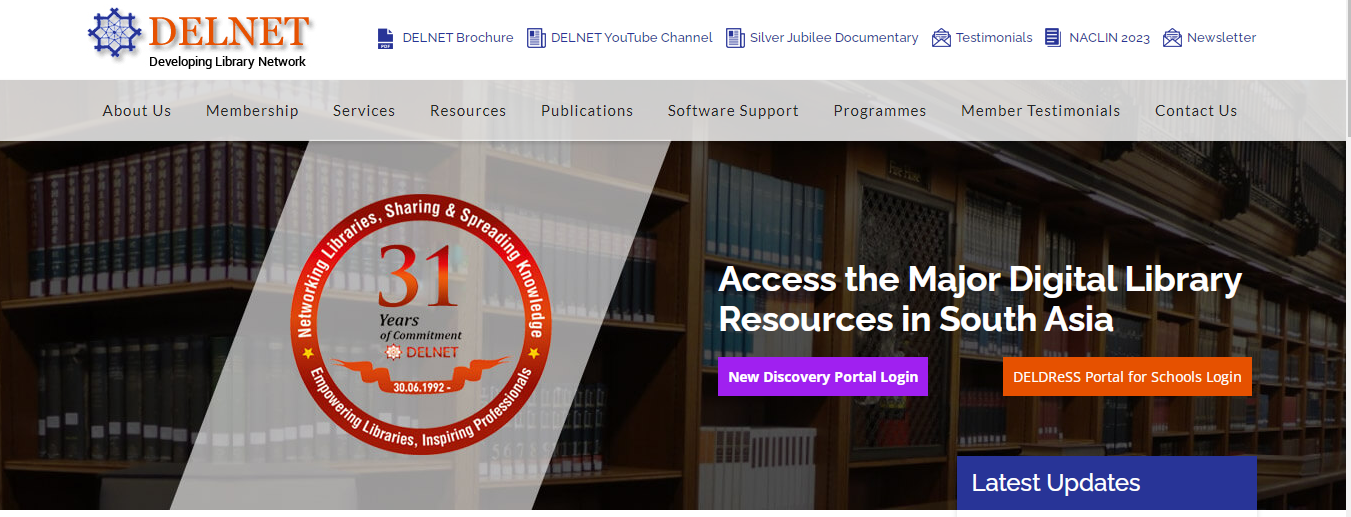
DELNET-Developing Library Network, New Delhi is a major resource sharing library Network in India connecting more than 8100 institutions in 33 states in India and few other countries comprising of Universities, Colleges, R&D organisations, medical hospitals, etc. DELNET is devoted to the Modernisation & Networking of Libraries.
Access Millions of Networked Library Resources through DELNET
Note: Take User Id and passcode from College library.

E-learning, or electronic learning, refers to the use of digital technologies and the internet to deliver educational content and facilitate learning. The importance of e-learning has grown significantly, driven by advancements in technology and the changing landscape of education. Here are several key reasons highlighting the importance of e-learning:
Accessibility and Flexibility:
Global Reach:
Cost-Effectiveness:
Self-Paced Learning:
Adaptive Learning:
Continuous Learning and Updates:
Interactive and Engaging Content:
Real-Time Collaboration:
Scalability:
Data Analytics and Monitoring:
Career Advancement and Upskilling:
Environmental Impact:
Inclusion and Accessibility:
Rapid Deployment in Emergencies:
Overall, the importance of e-learning lies in its ability to democratize education, provide flexible learning opportunities.